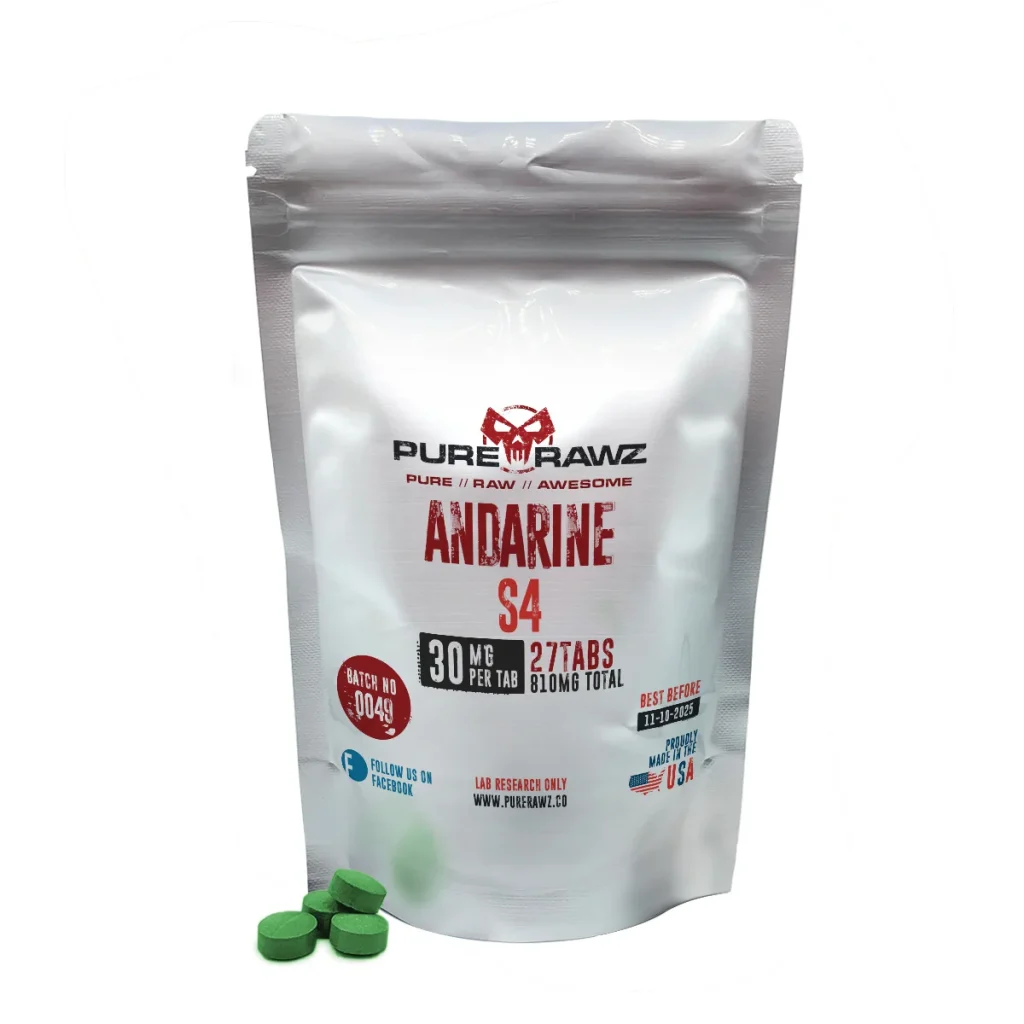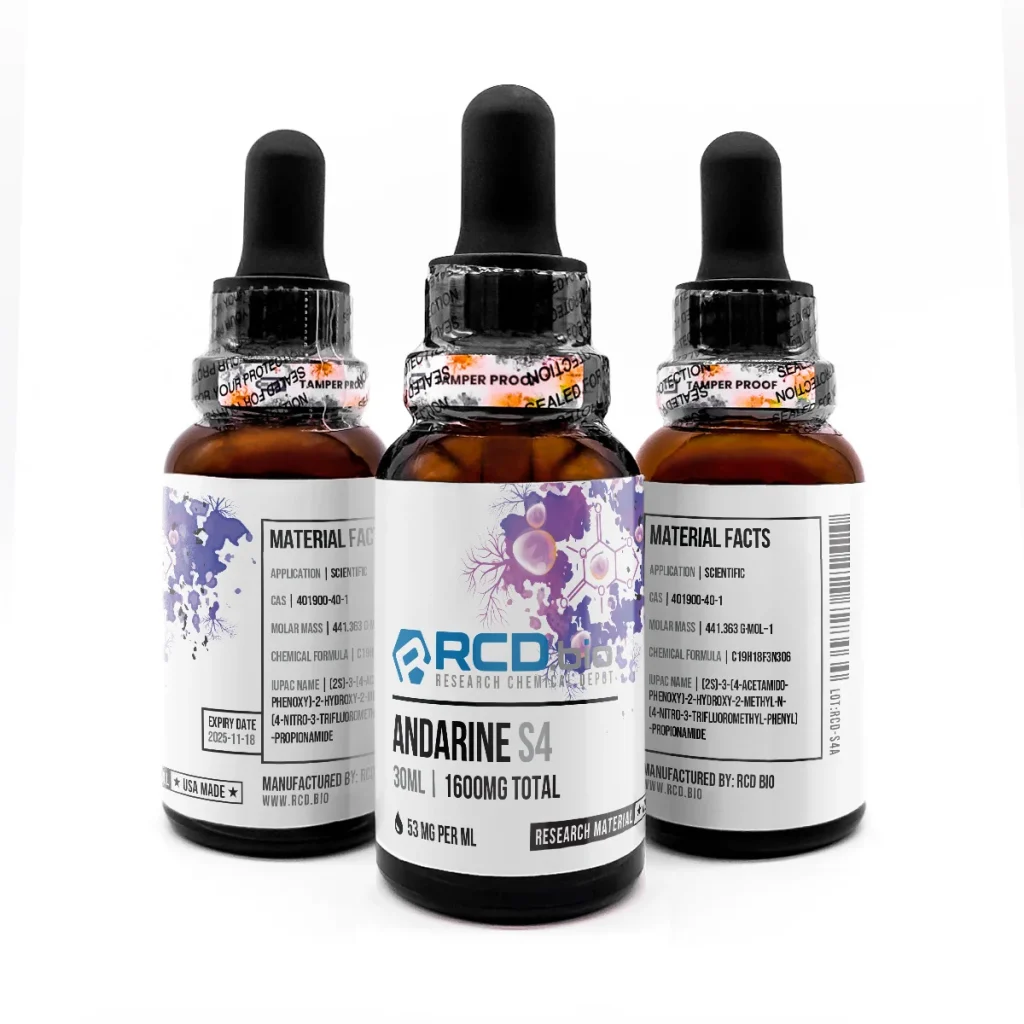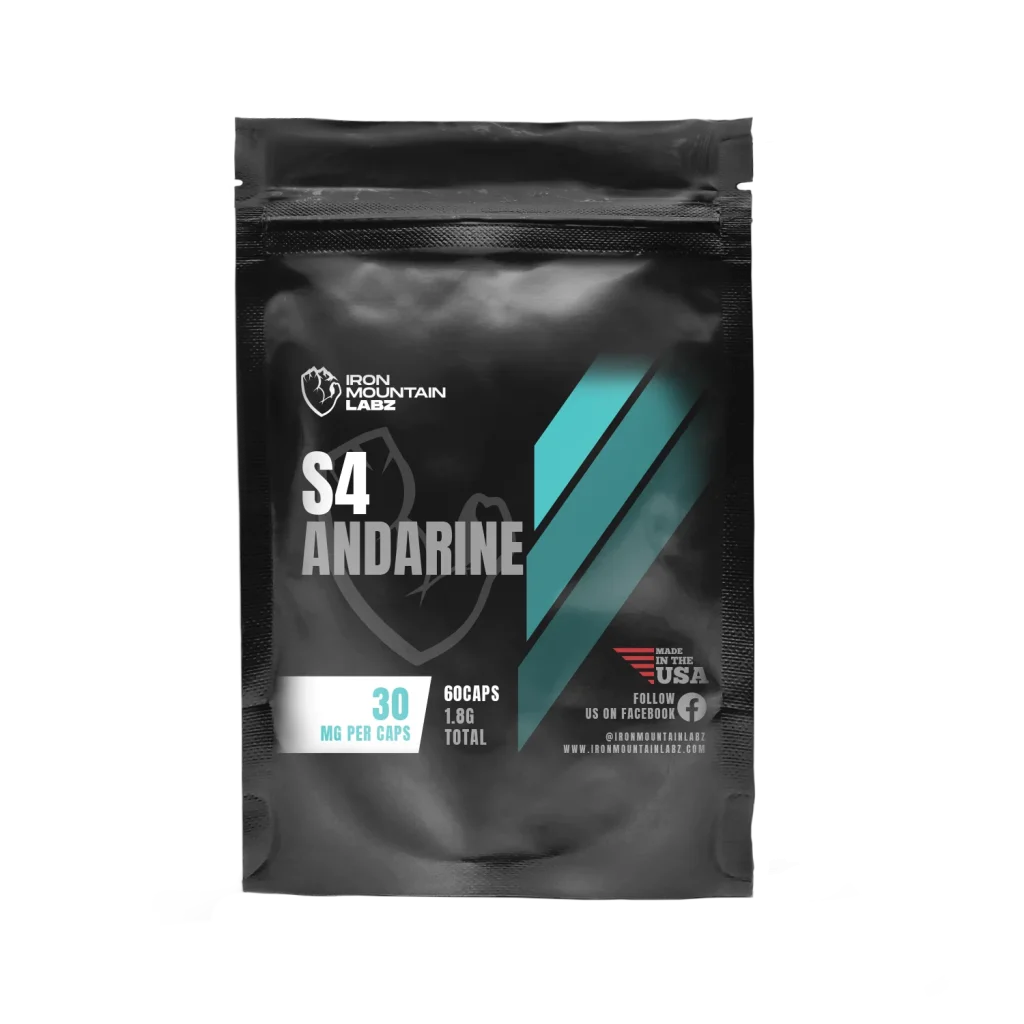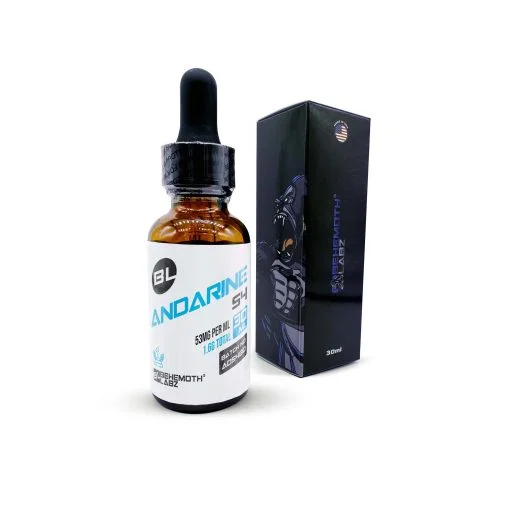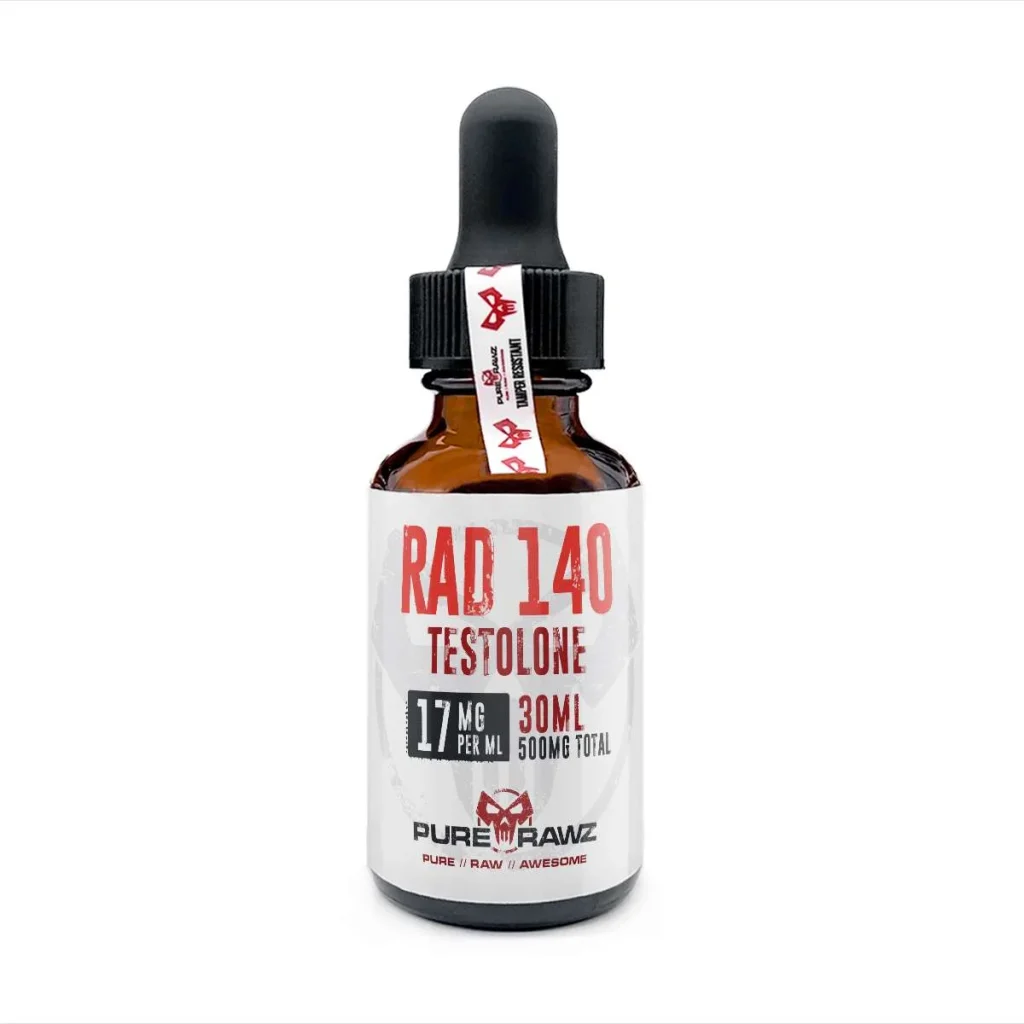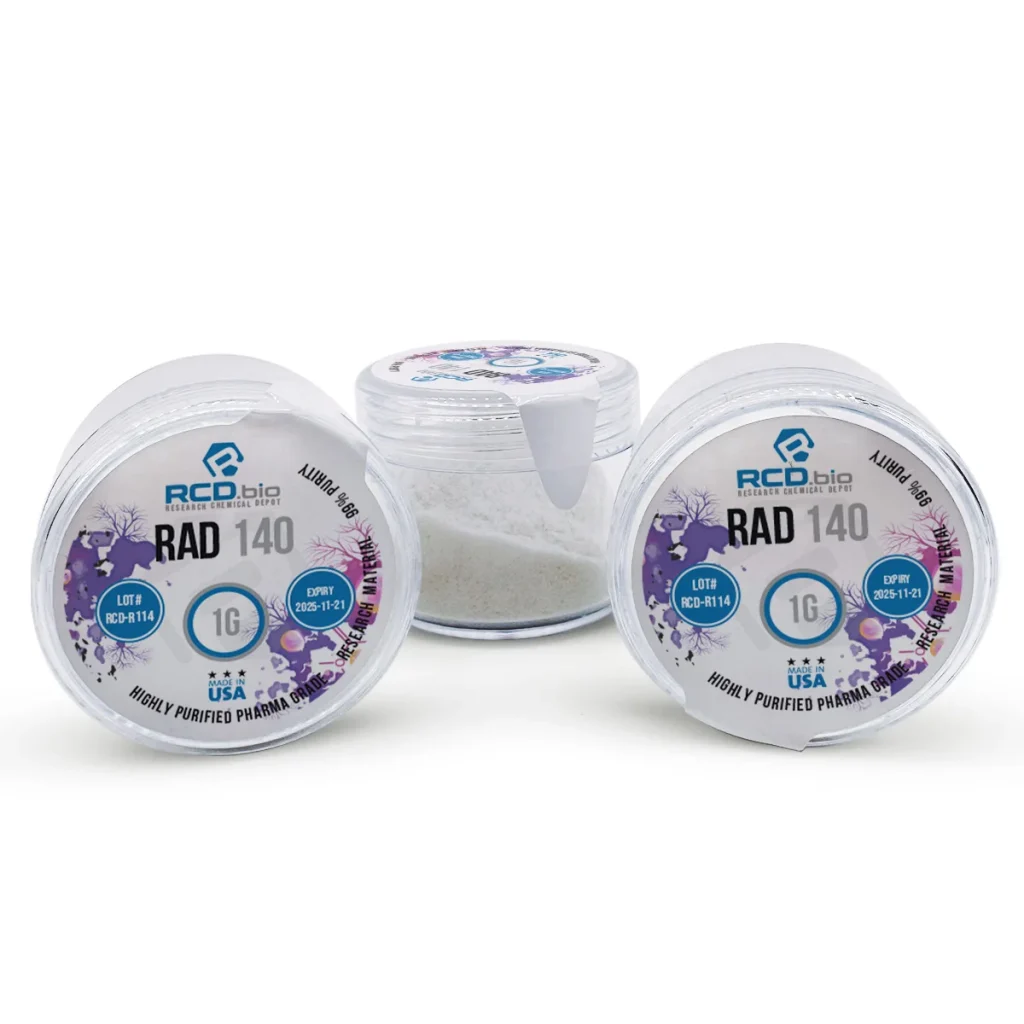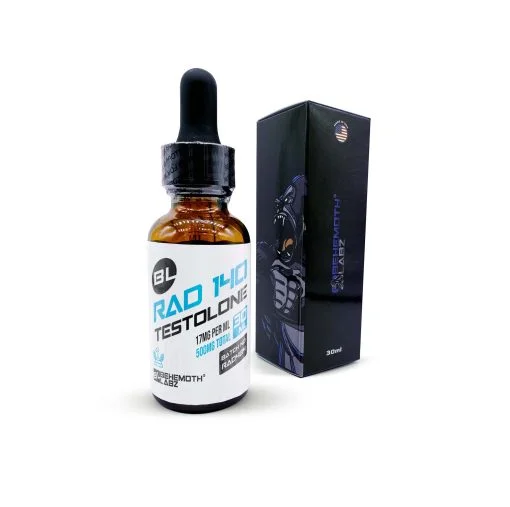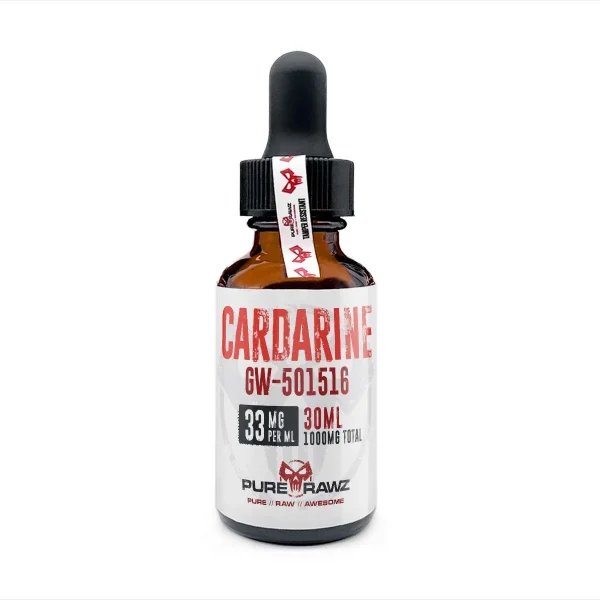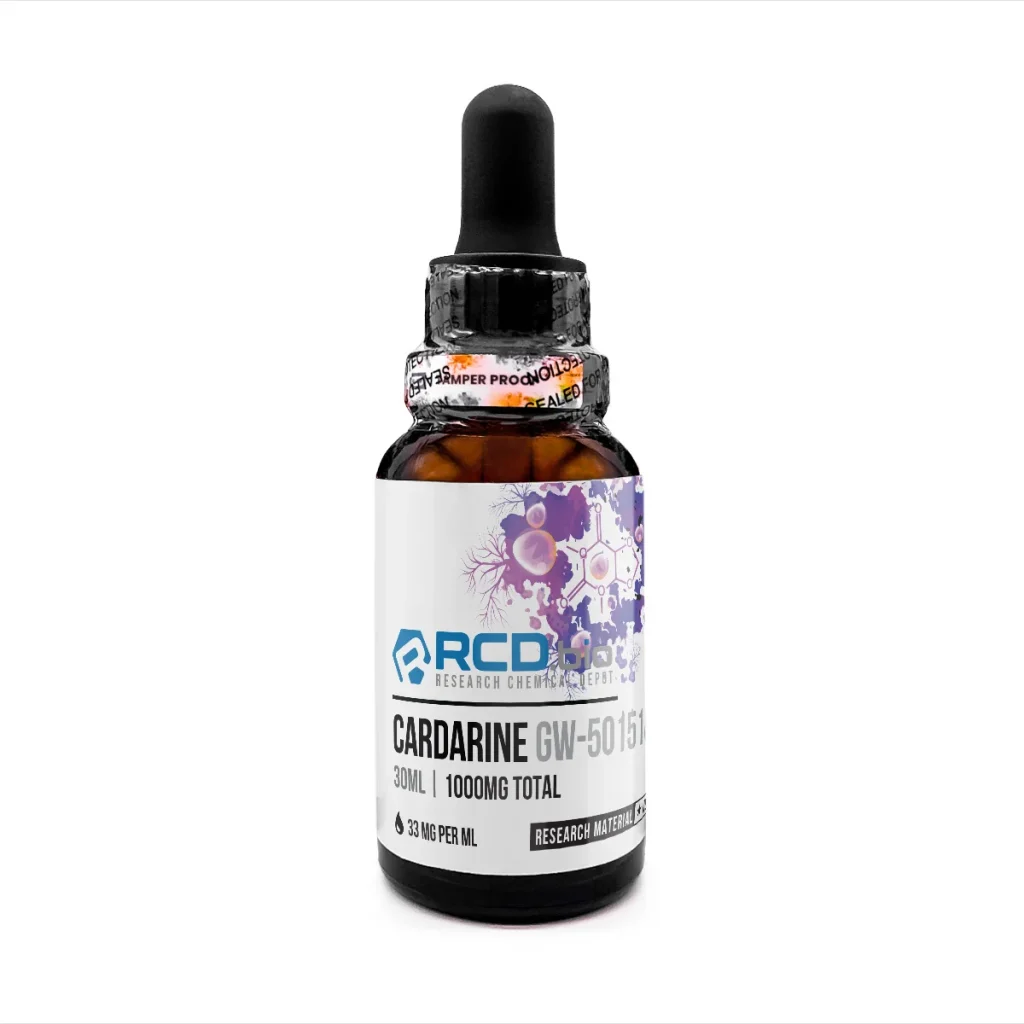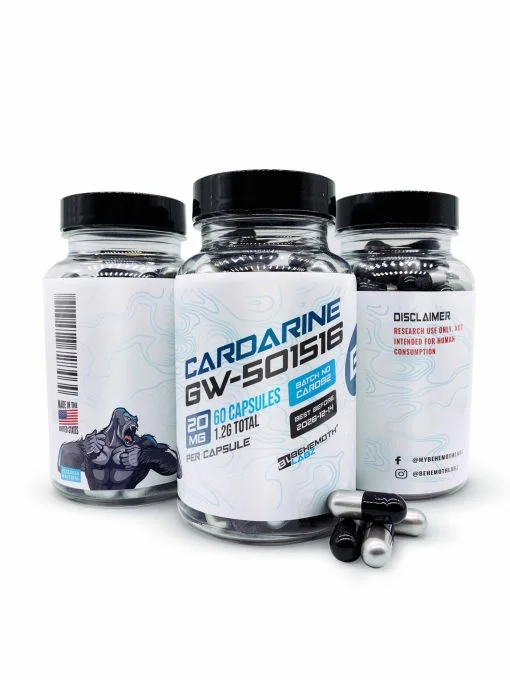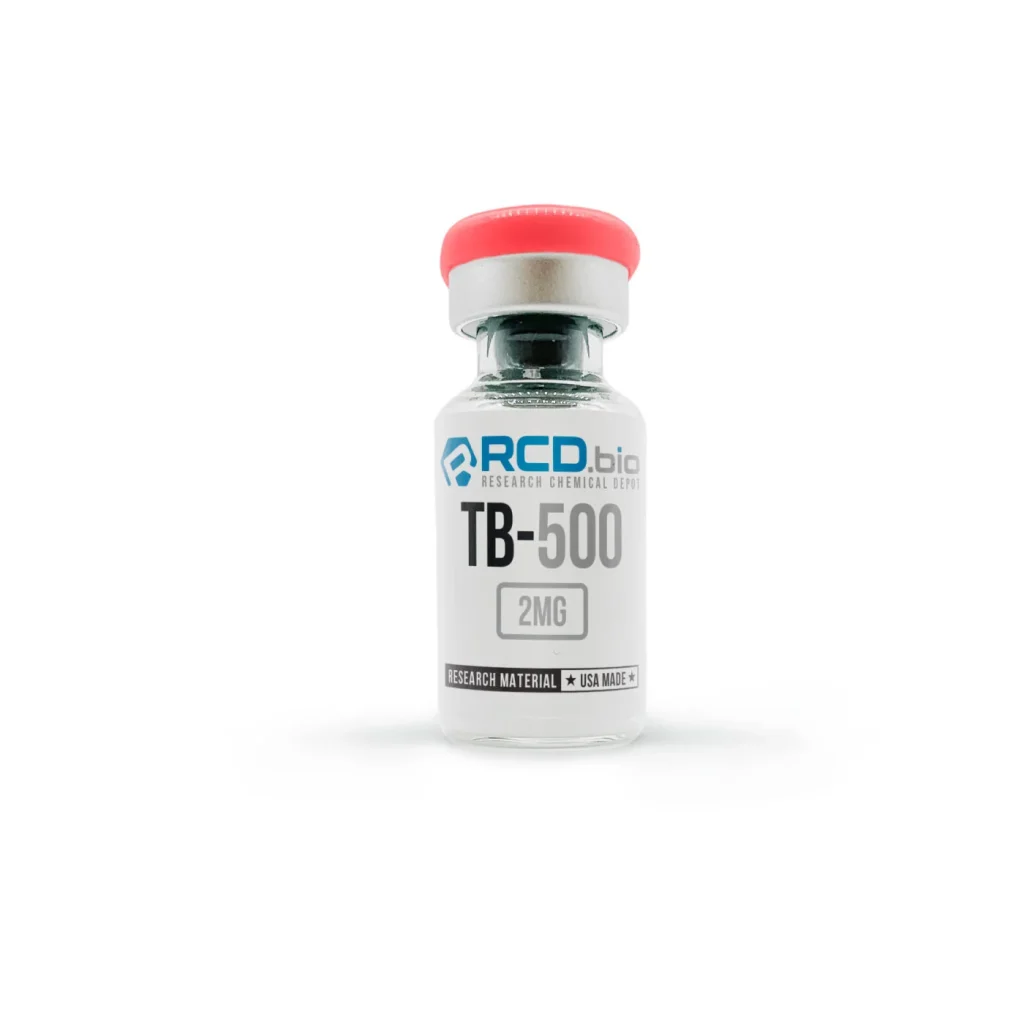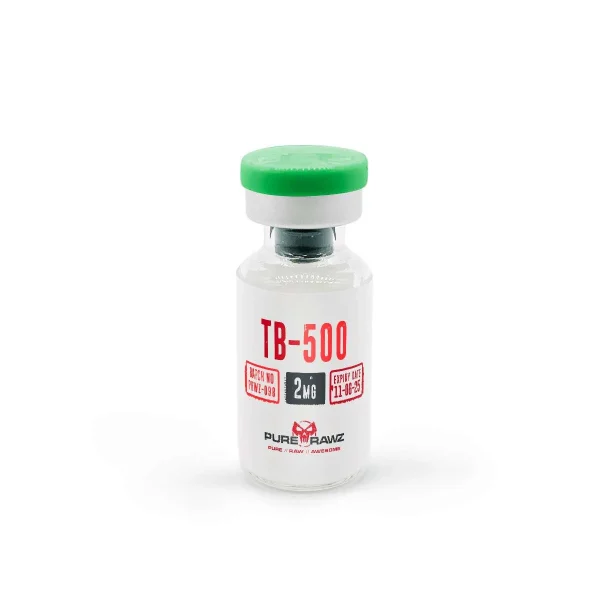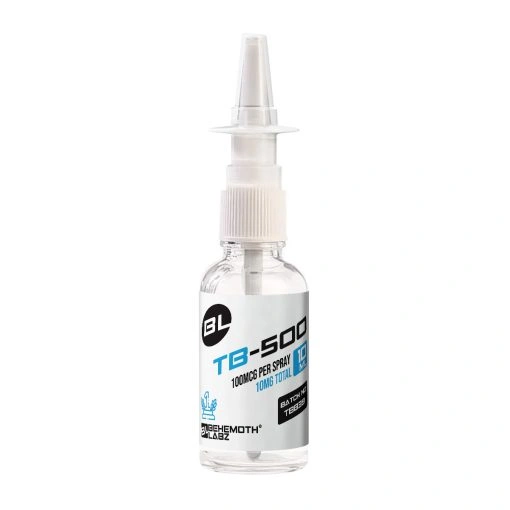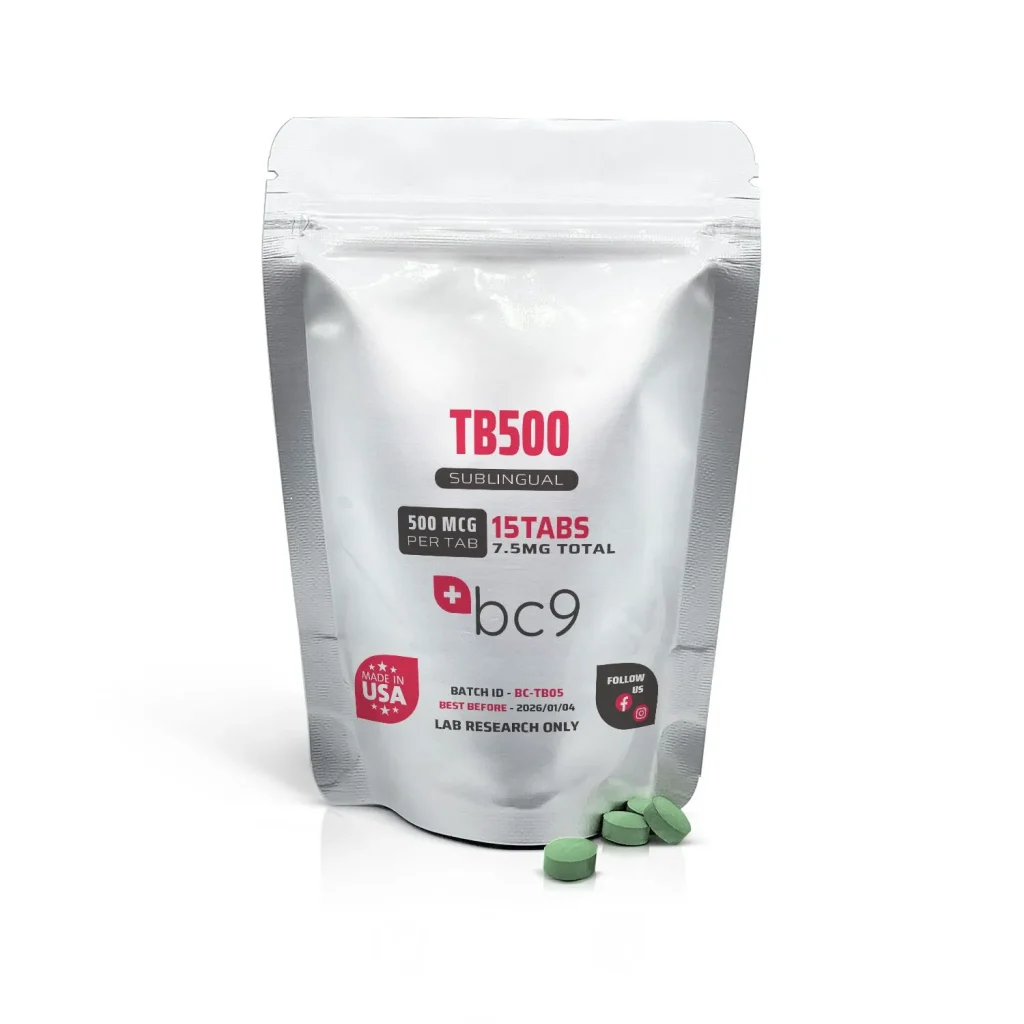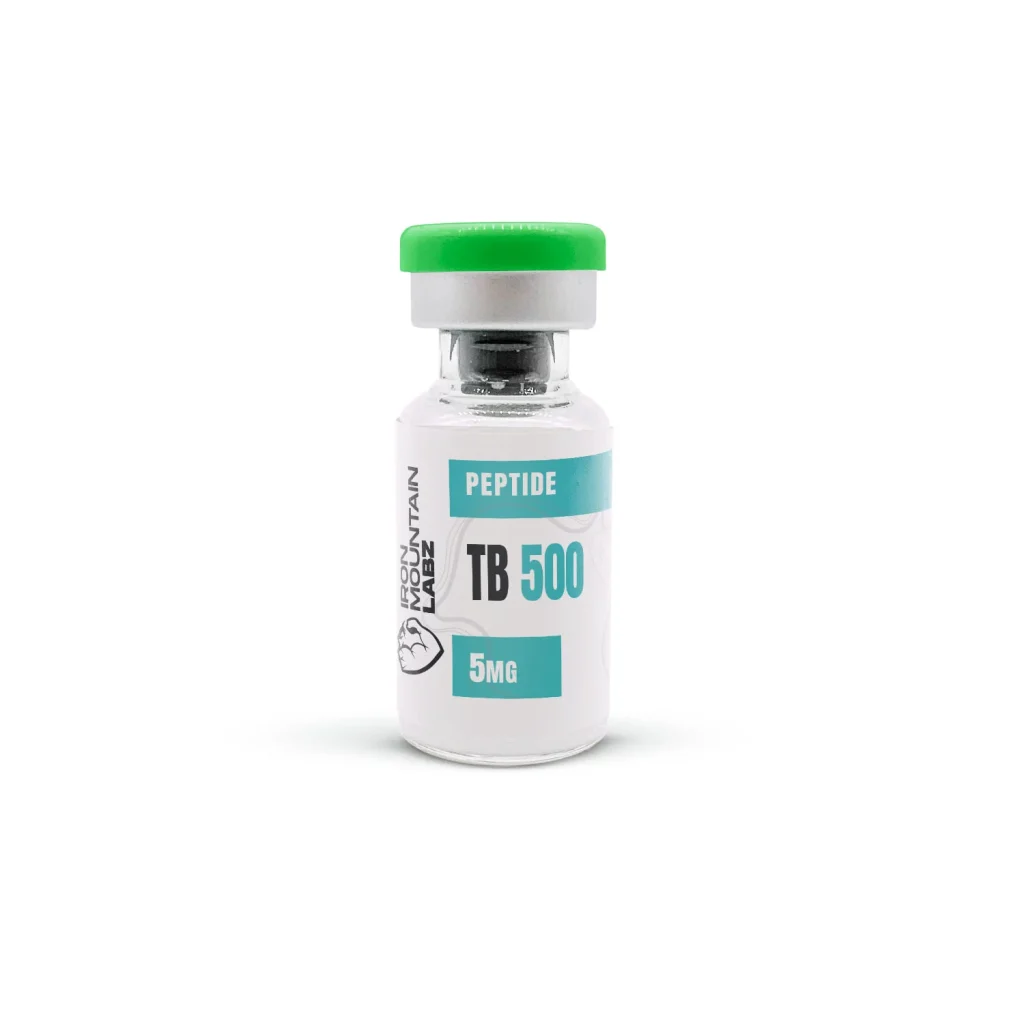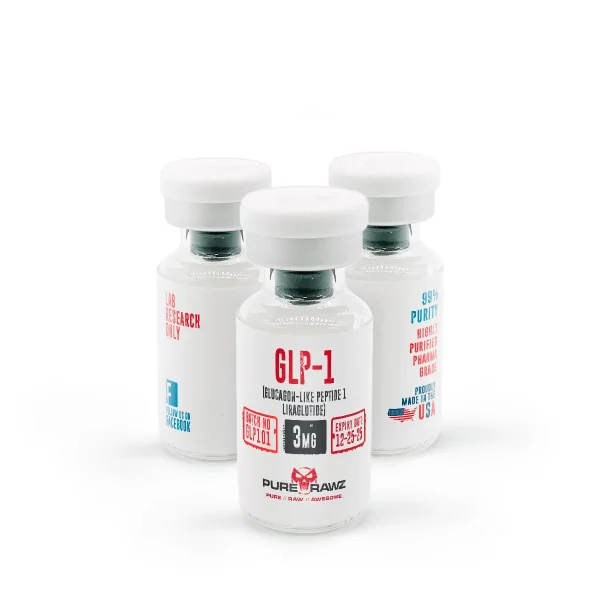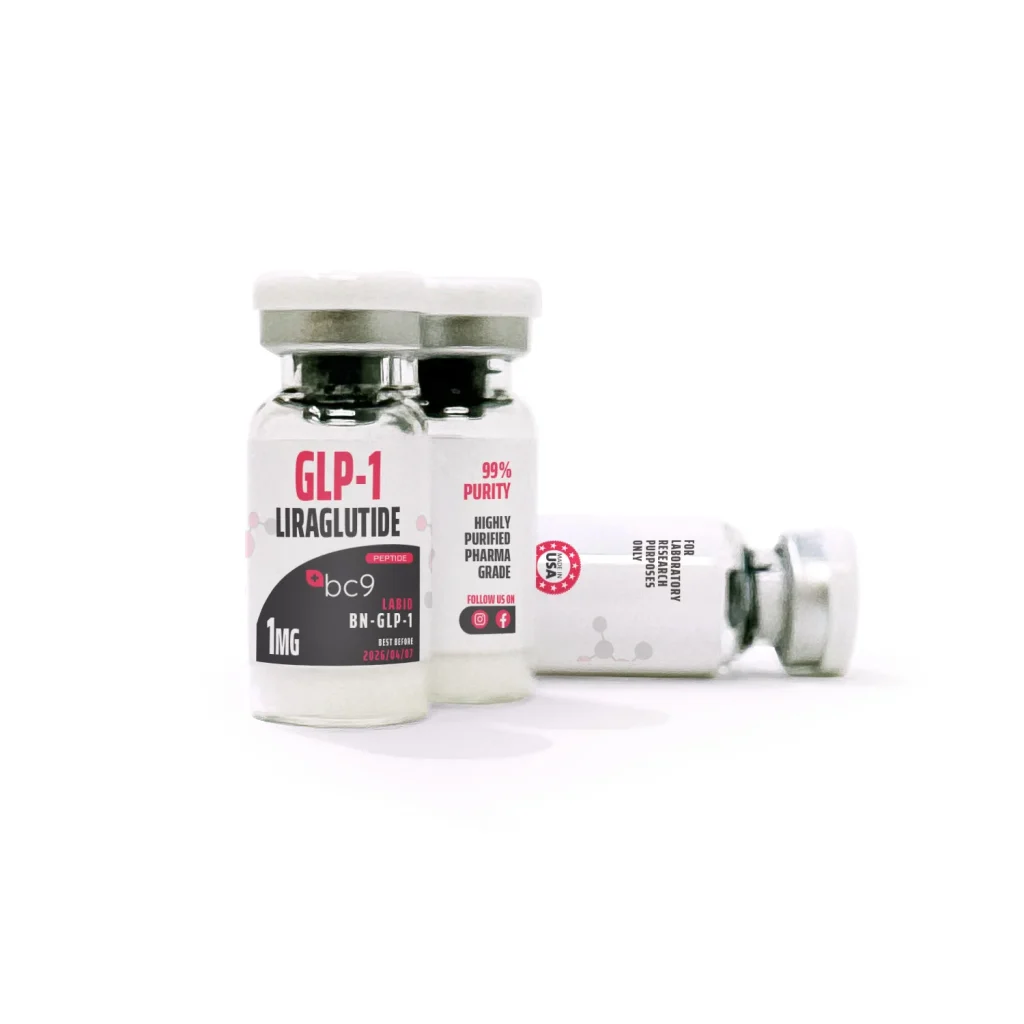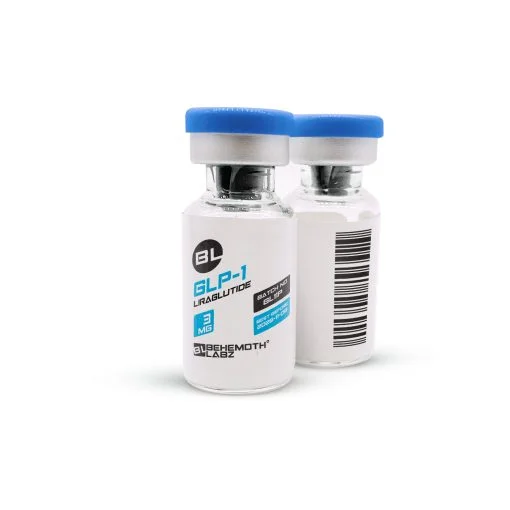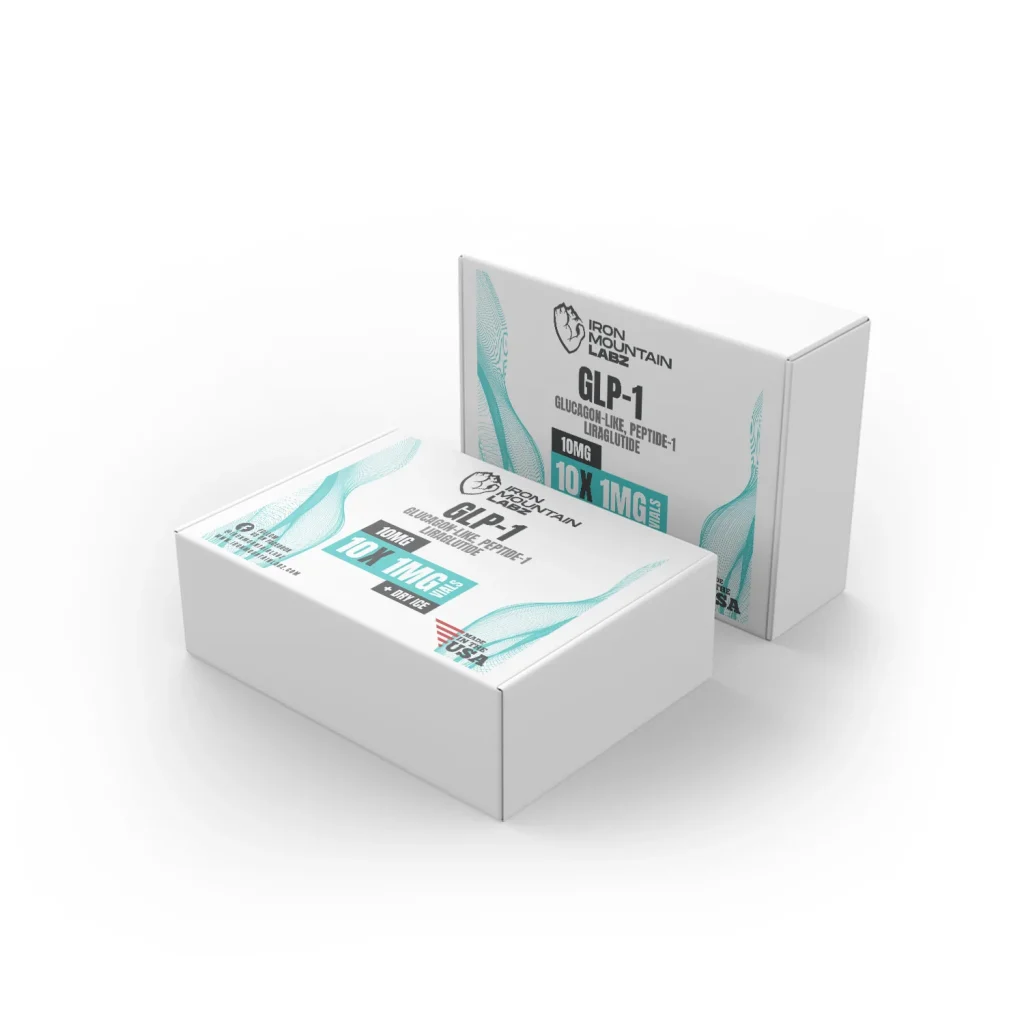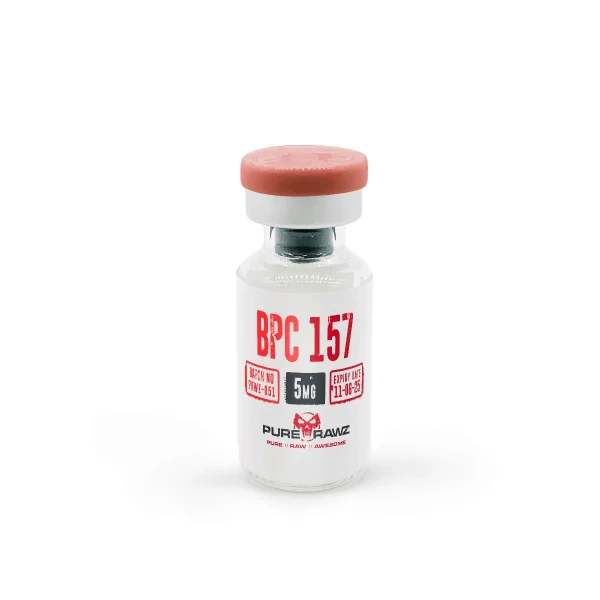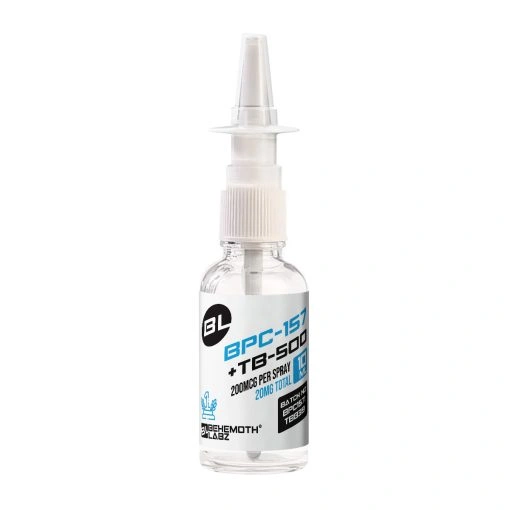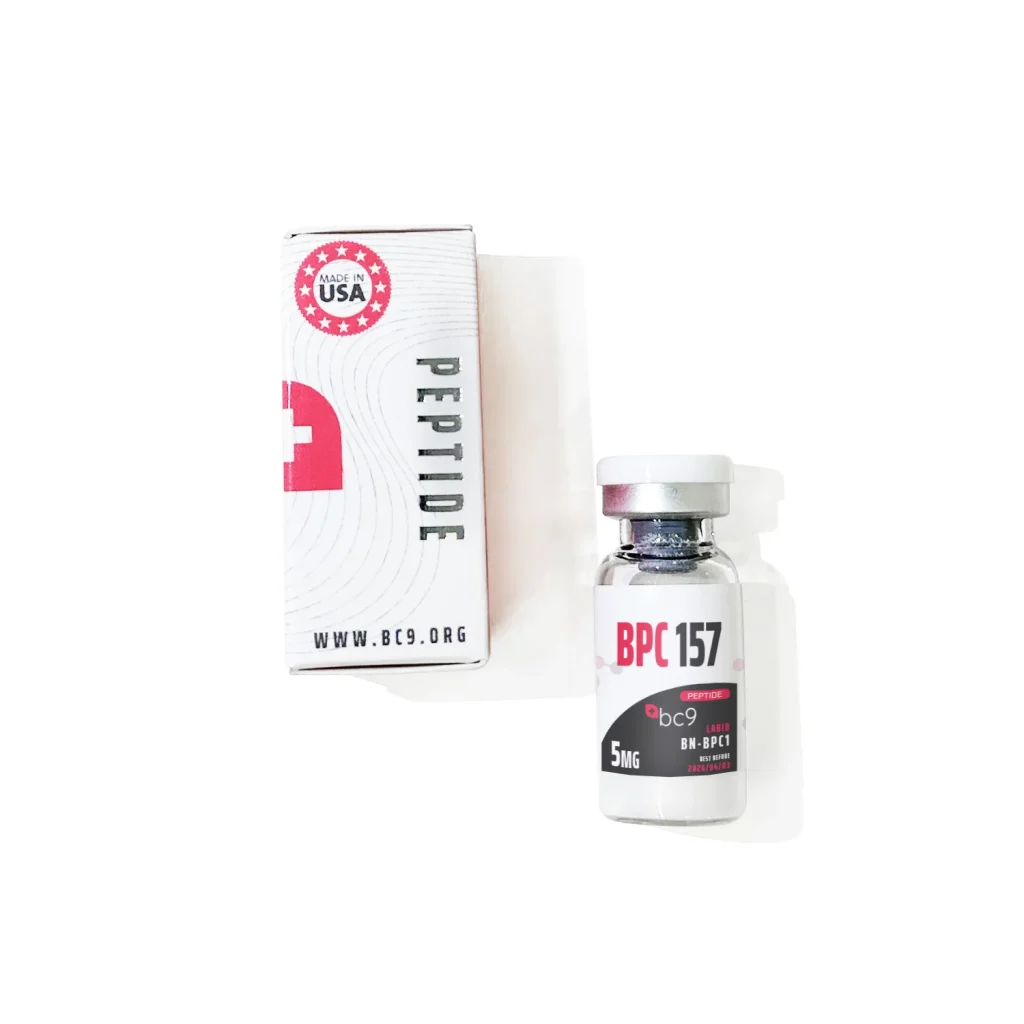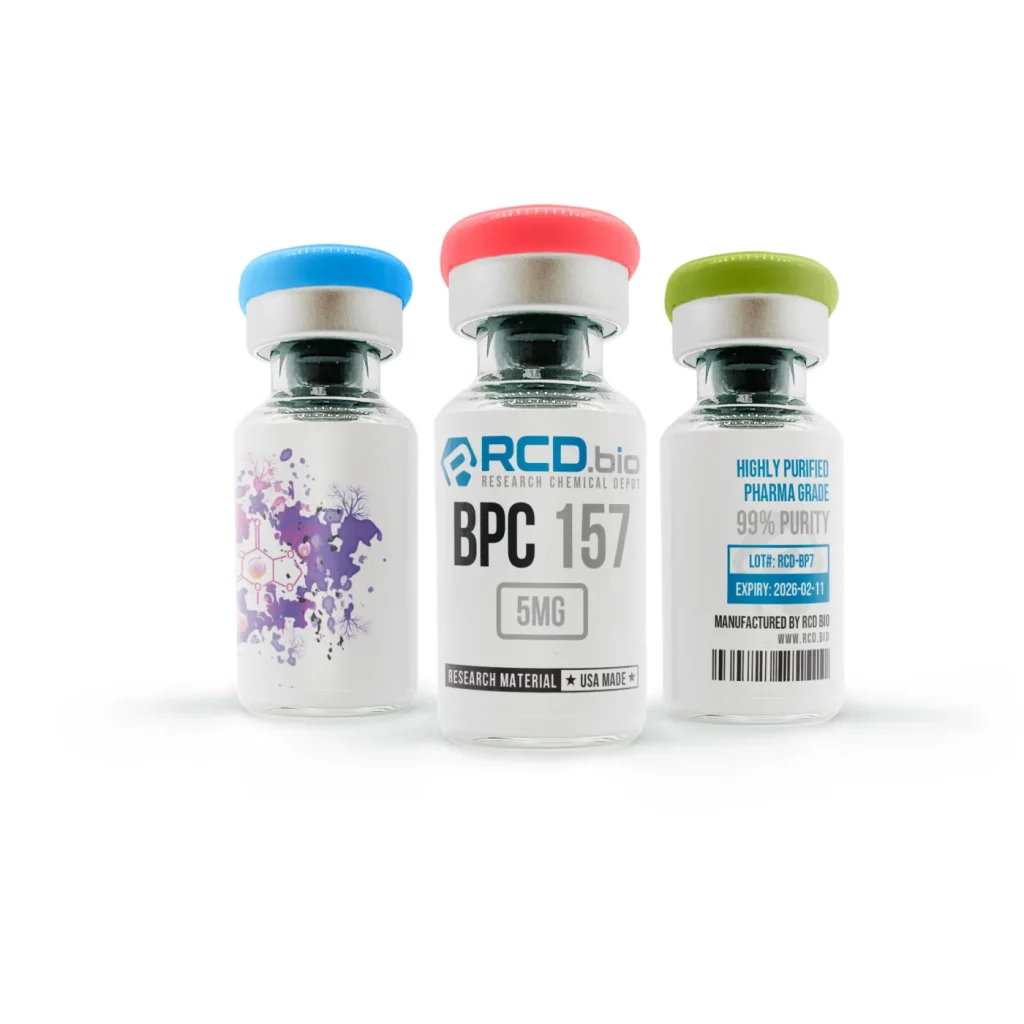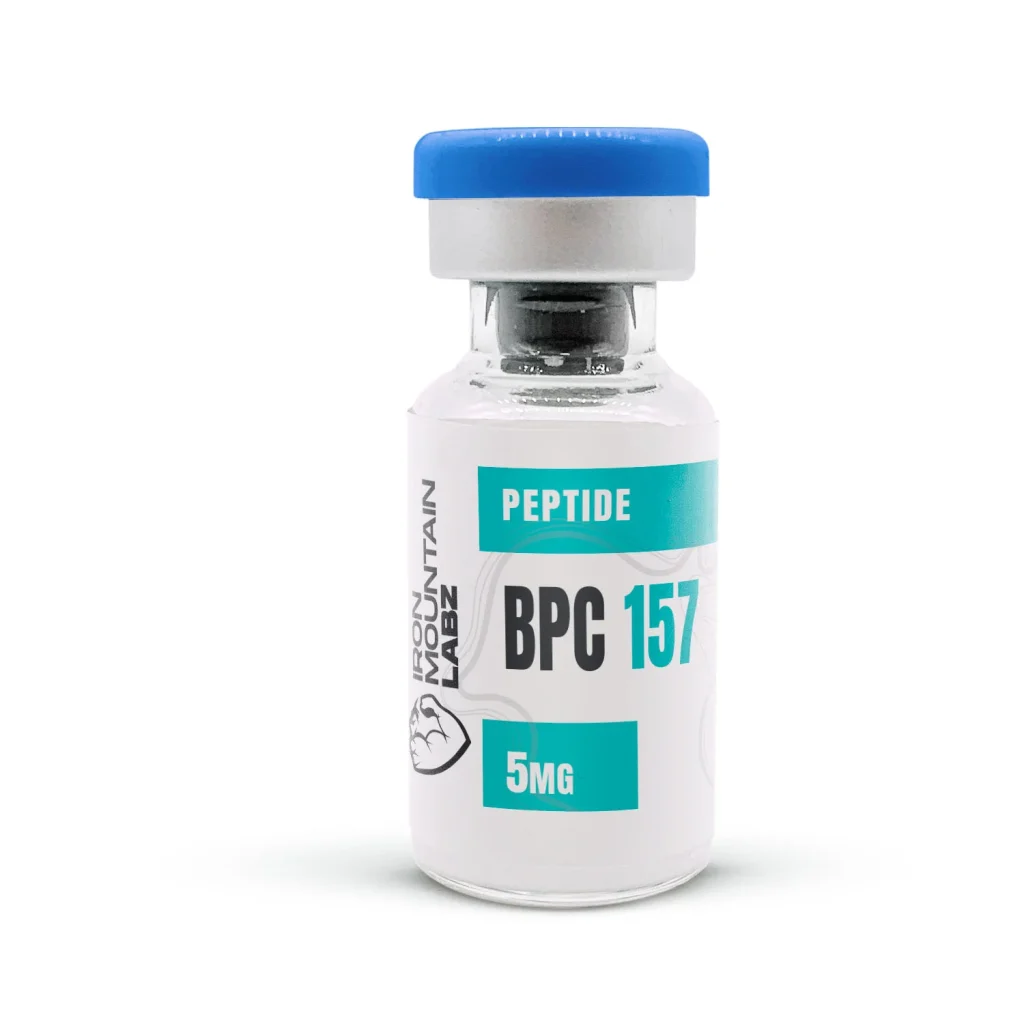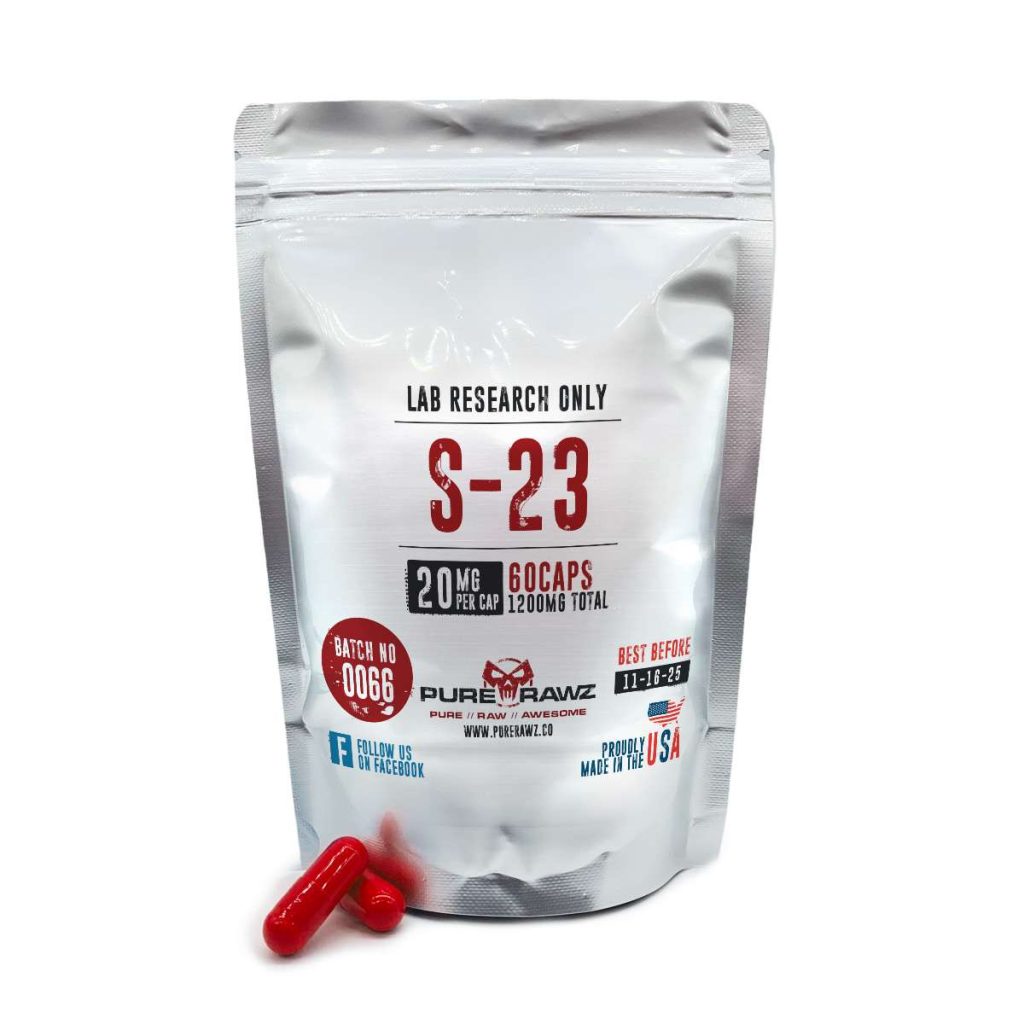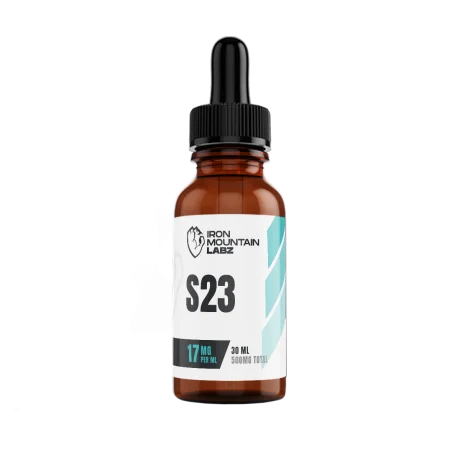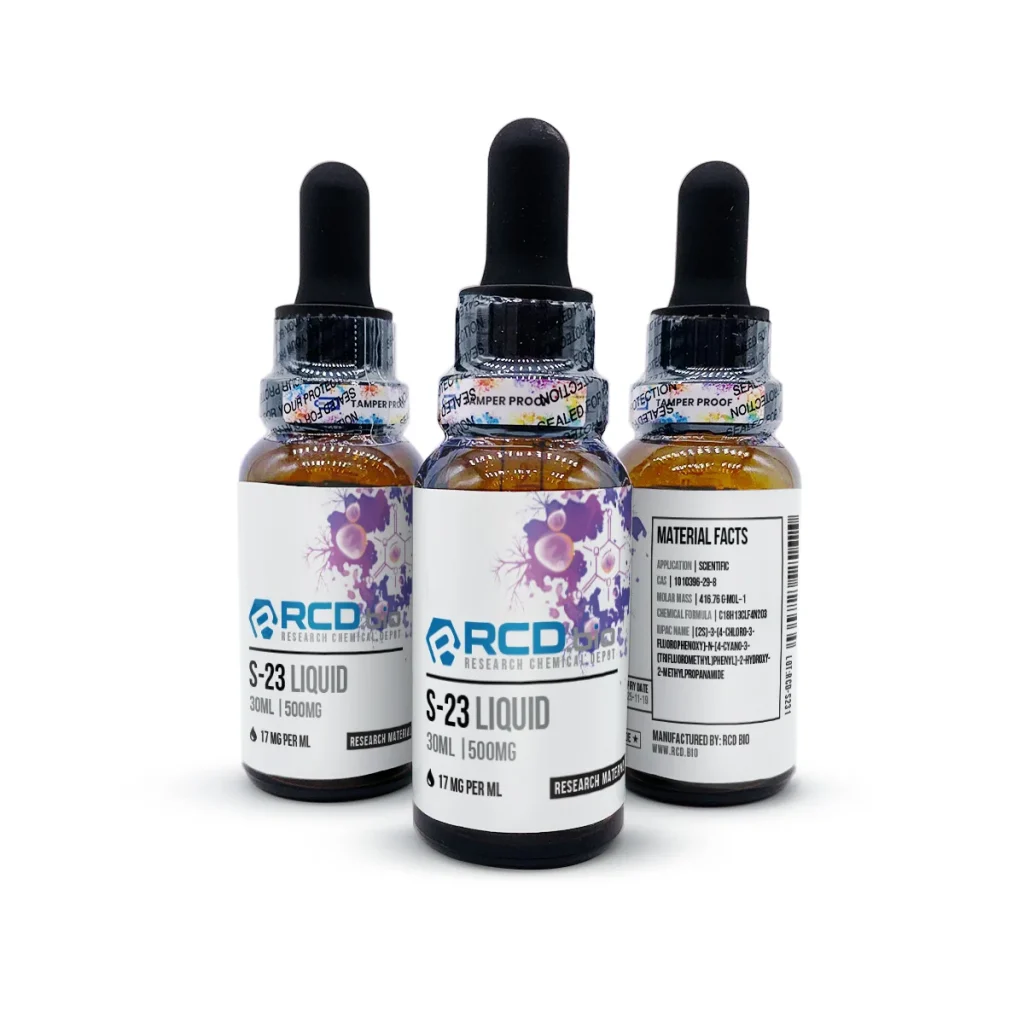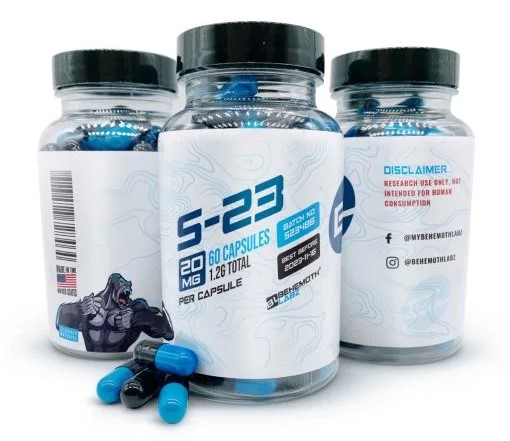4-ANDROSTENEDIOL
Overview
Chemically, 4-AD is closer to testosterone than androstenediol (1-AD), and it acts as a weak potential agonist of the androgen receptor. On its own, 4-Androstenediol does not have a prominent androgen receptor binding affinity, but as a prohormone it converts to testosterone via the enzyme 3-beta hydroxysteroid dehydrogenase (3bHSD). Interestingly, although its bioavailability is fairly poor, it is still better than that of 1-AD (1-Androstenedione).
Furthermore, just like in the case of 1-AD its half-life is also relatively short. This means that large and frequent doses will be required to see the anabolic effect from 4-AD. Due to the fact that 4-AD is usually referred to as a “wet” compound, it is used more often in bulking cycles, rather than the cutting ones.
Dosage
Note; dosage information is only for scientific reference purposes. SARMs Central, does not condone the human consumption or use of this substance outside of a controlled scientific environment (i.e. a lab).
An average dose for a standalone 4-AD cycle would be 1000 milligrams (mg) or more, divided into 3 separate doses. Thanks to the short half-life, users report an immediate boost in aggression and strength. Because of this, it is a great idea to plan one of your doses just before training. In order to increase its absorption rate it is recommended to take 4-AD with a meal containing fat, since it is non-methylated and has a poor bioavailability.
Potential Side Effects
4-AD has moderate estrogenic and androgenic side effects, as it converts to testosterone, and testosterone can convert to both DHT and estrogen. Additionally, 4-AD on its own can also convert to an androgen called androstenediol. Consequently, at the high doses required to get the desired effects from this compound, certain side effects can become a concern. Some of these include gynecomastia, hair loss, and acne. Nonetheless, the estrogenic side effects of 4-AD are easy to control with the use of an aromatase inhibitor (AI), such as aromasin or arimidex. Since 4-AD is not methylated, there is no risk of stress on the liver.









